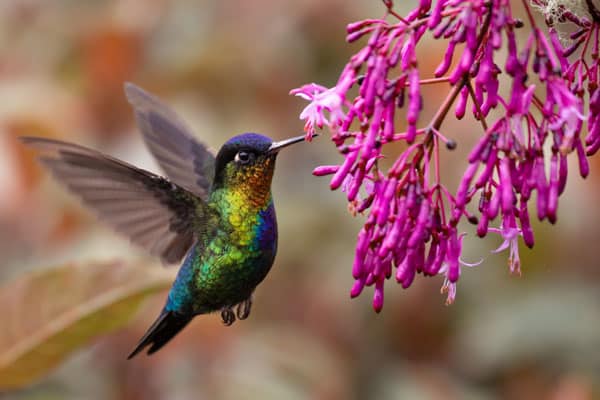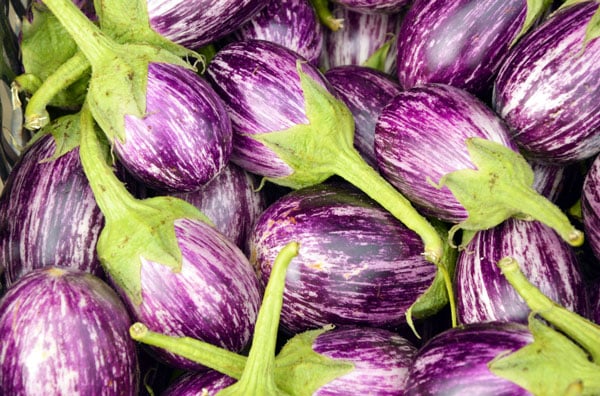This post may include affiliate links.
If you make a purchase, I'll earn a small fee at no extra cost to you.
Protect yourself from high prices at the grocery store by growing the four most imported vegetables. These easy tips will get your garden growing right–even if you’ve never gardened before!
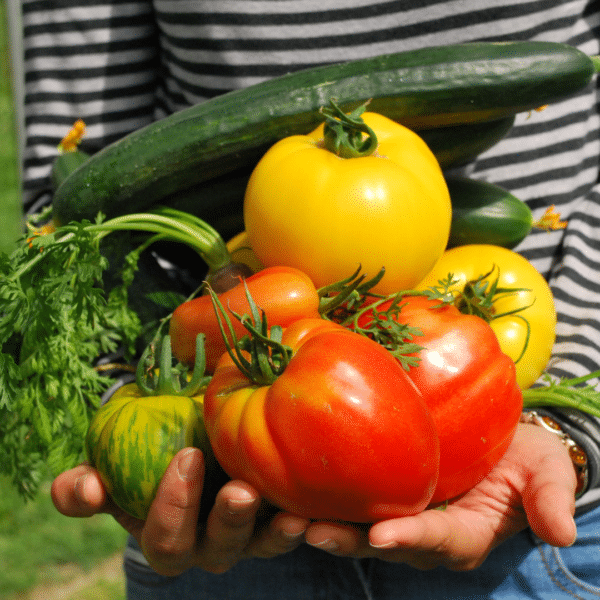
Recent news about vegetable imports and fruit imports have many people concerned. According to the USDA, Mexico supplies 69% of fresh vegetable imports into the U.S., and Canada supplies 20% of fresh vegetable imports.
It’s quite possible that fresh vegetable prices will increase at the grocery store, but I have great news to share with you. It’s easy to grow the four most imported vegetables in the United States. You can call this your tariff garden!
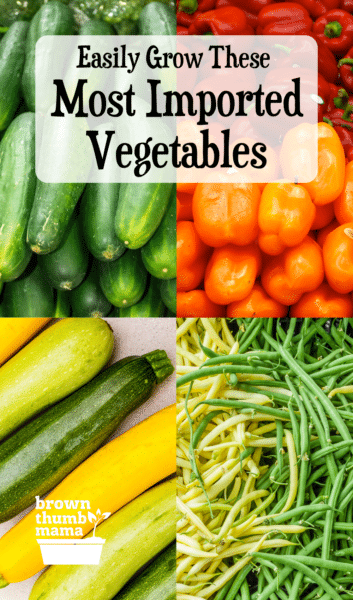
U.S. Most Imported Vegetables
Note: If you’re already a gardener, consider this your marching orders. Plant extra of these four vegetables to share with your friends, neighbors, and food bank.
Never planted a seed before? Don’t know where to put your new garden? Don’t worry–you can do this! Start here: Choose the Best Location for Your Vegetable Garden
Cucumbers
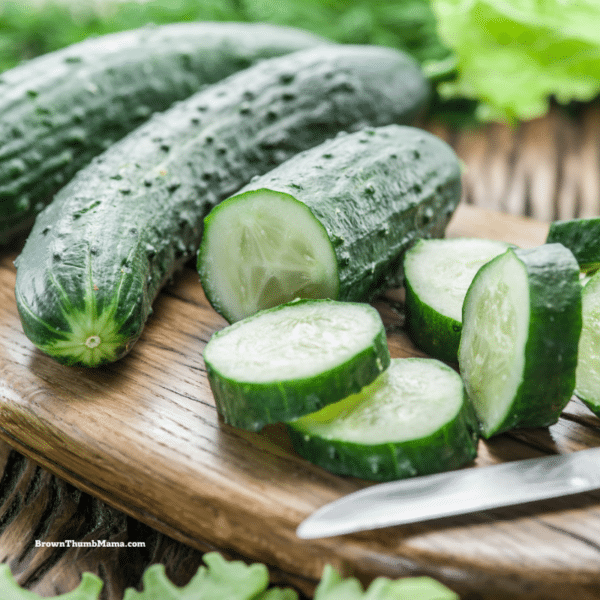
We love cucumbers, and grow many different types in our garden each year. The ones you see in the grocery store are called slicing cucumbers. You might also encounter English cucumbers (the long, skinny type) or baby cucumbers, which are great for snacking.
Here’s everything you need to know about planting and growing cucumbers:
Bell Peppers
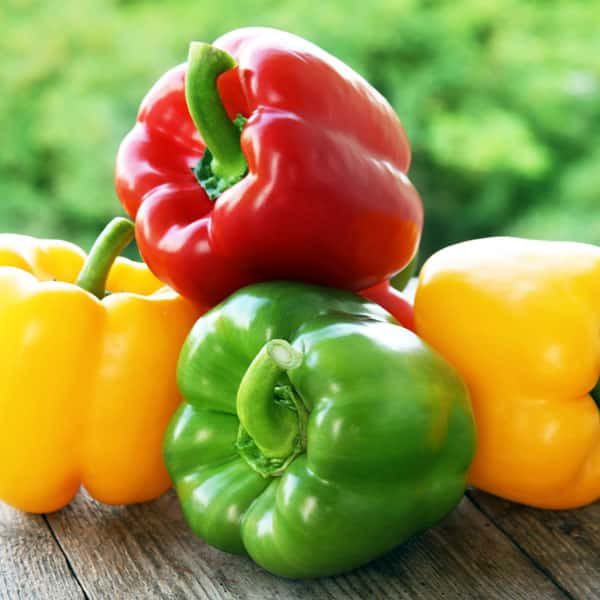
Peppers love hot summers, and there are many fun varieties of both sweet bell peppers and hot peppers. There are so many peppers to grow, we have planted some in the front yard because we ran out of room in the backyard.
Here’s everything you need to know about planting and growing bell peppers:
Zucchini Squash
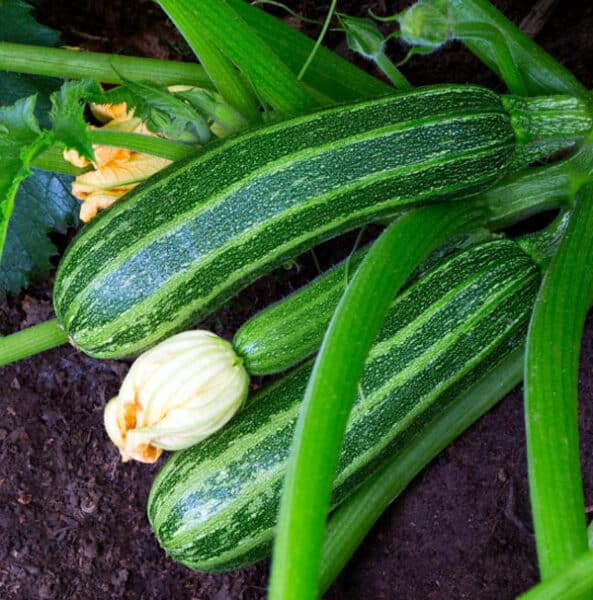
There are many types of squash, but new gardeners should start with zucchini. It’s one of the easiest vegetables to grow from seed, and a couple of plants will produce more squash than most families can eat!
This is probably why there’s a gardeners’ holiday called “Sneak Some Zucchini on Your Neighbor’s Porch” Day. Use these tips and you’ll be celebrating this gardener’s holiday too.
- How to Plant & Grow Zucchini
- Grow Zucchini in Containers
- Best Types of Zucchini to Grow in Containers
Green Beans
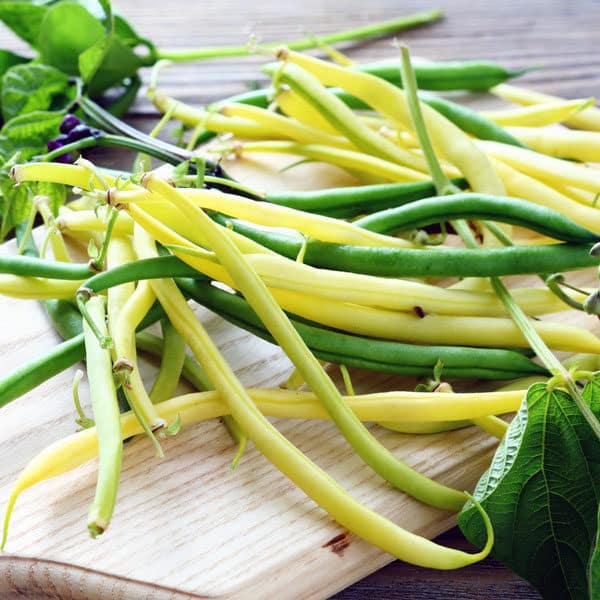
I always get carried away when planting green beans. There are so many different varieties to try! Calling them “green” beans is not completely correct–there are yellow beans and even purple beans.
Beans grow on two different types of plants. Bush beans, as you can guess, grow on a bushy plant that doesn’t need a support. They produce earlier and have a shorter harvest period. Pole beans grow on a vine, and need a trellis or some other support. They produce later in the season but over a longer period of time.
Was your garden a success? Have more veggies than you can eat? Share your bounty with your local food bank!
Food banks don’t often get donations of fruits and vegetables, and their clients will welcome the fresh food. You can find your local food bank at Feeding America.org.


